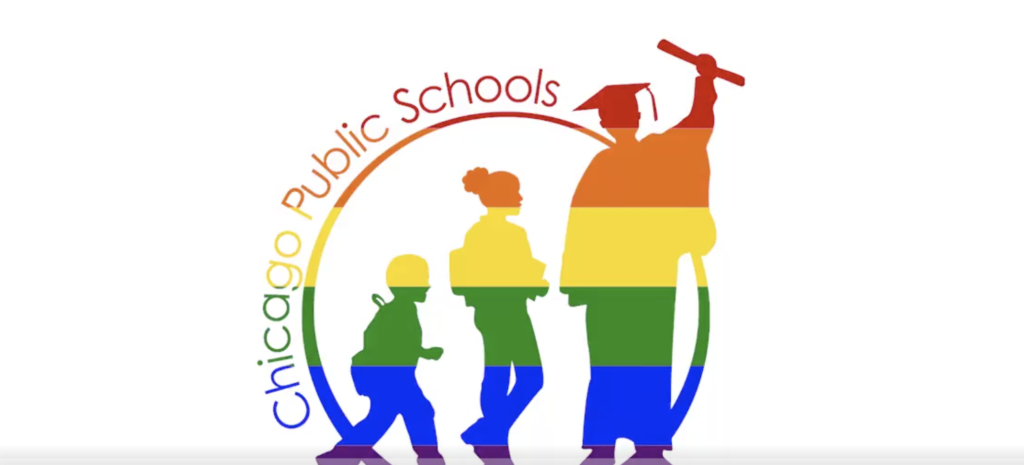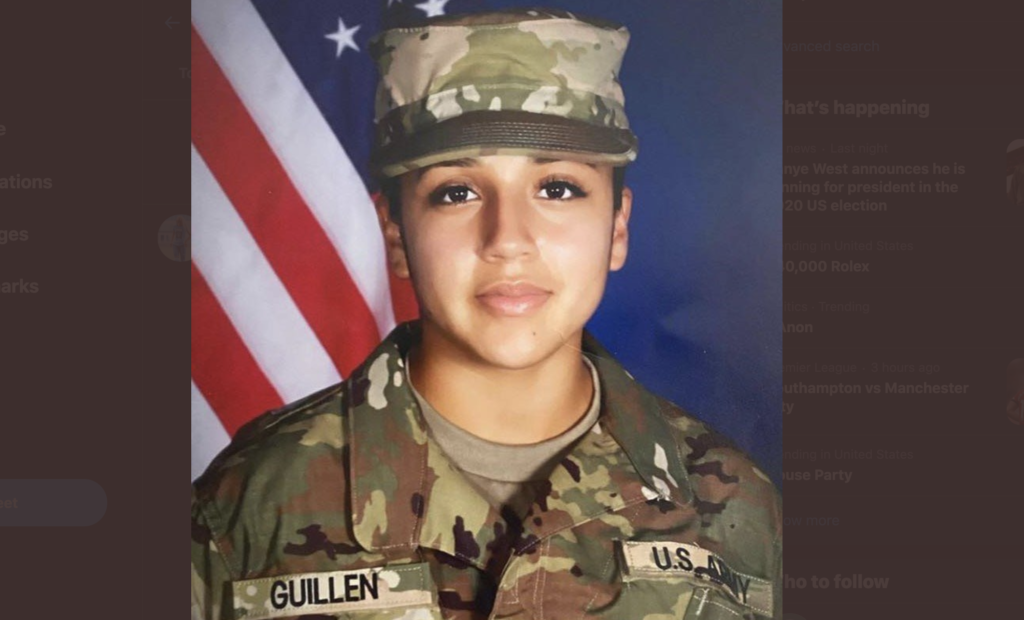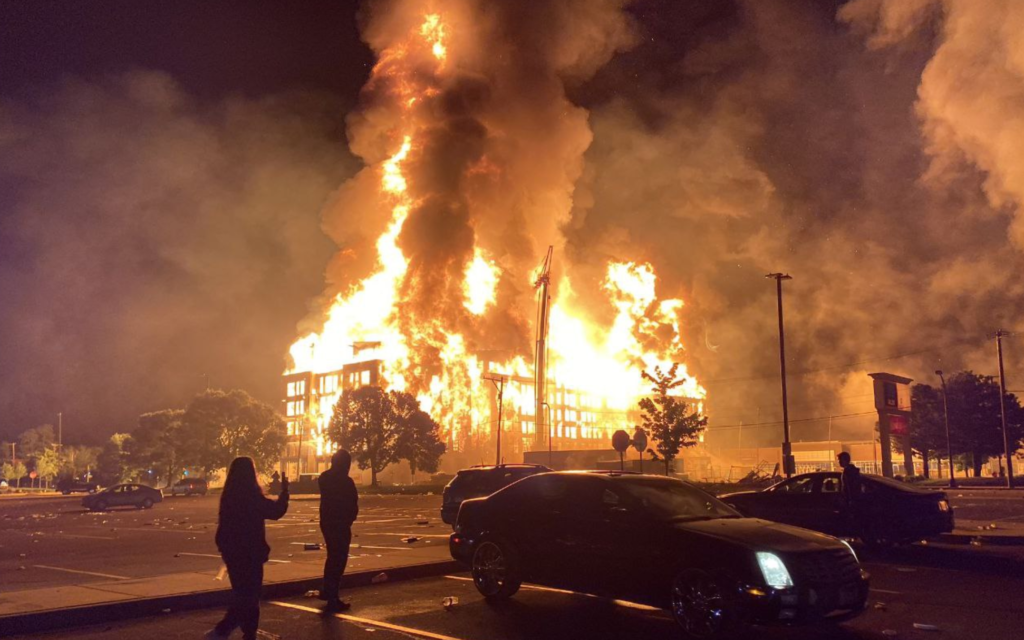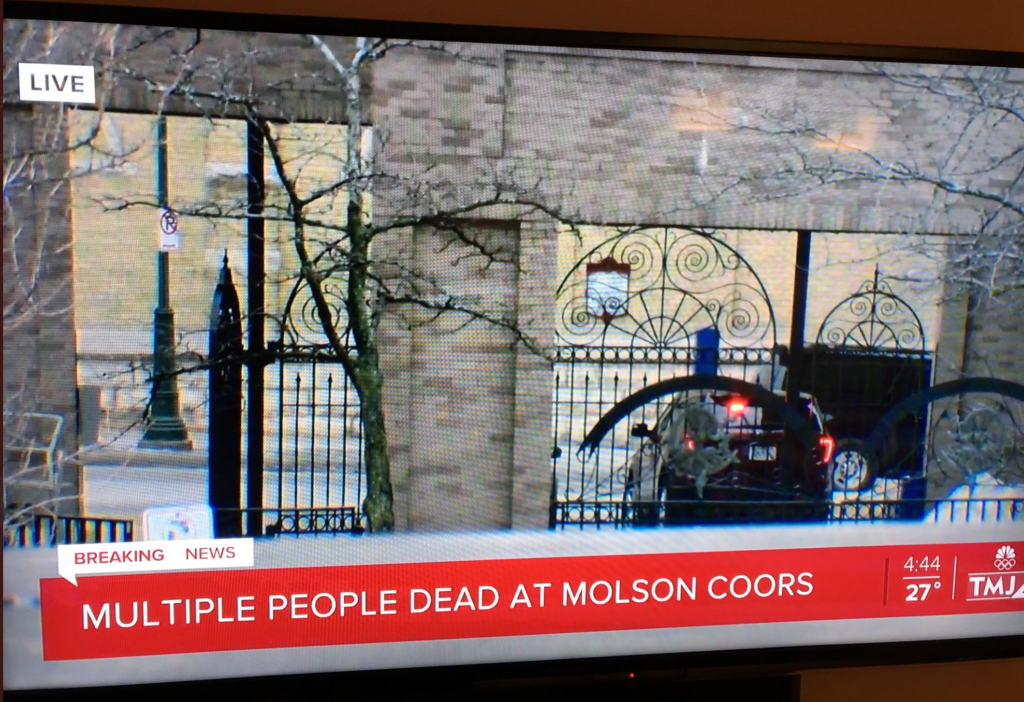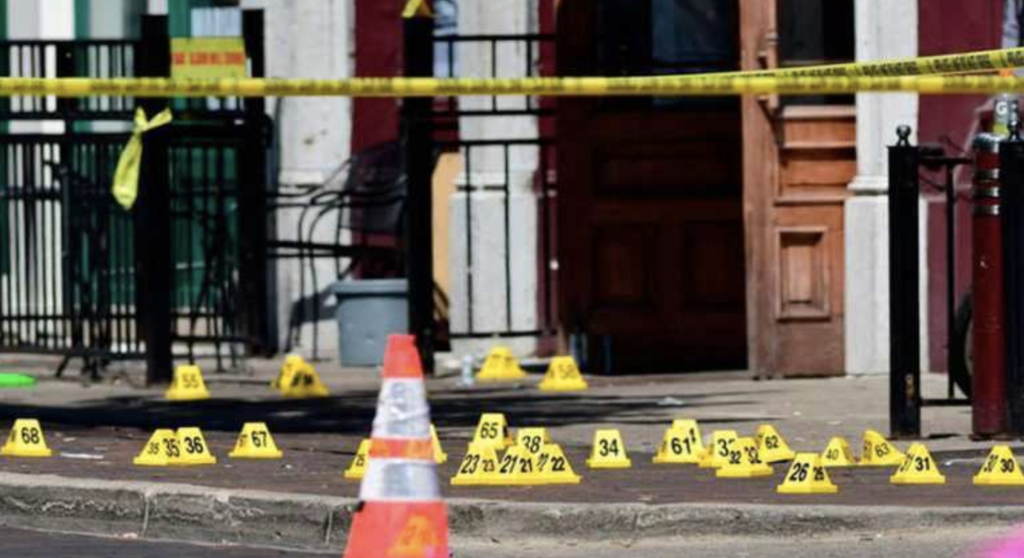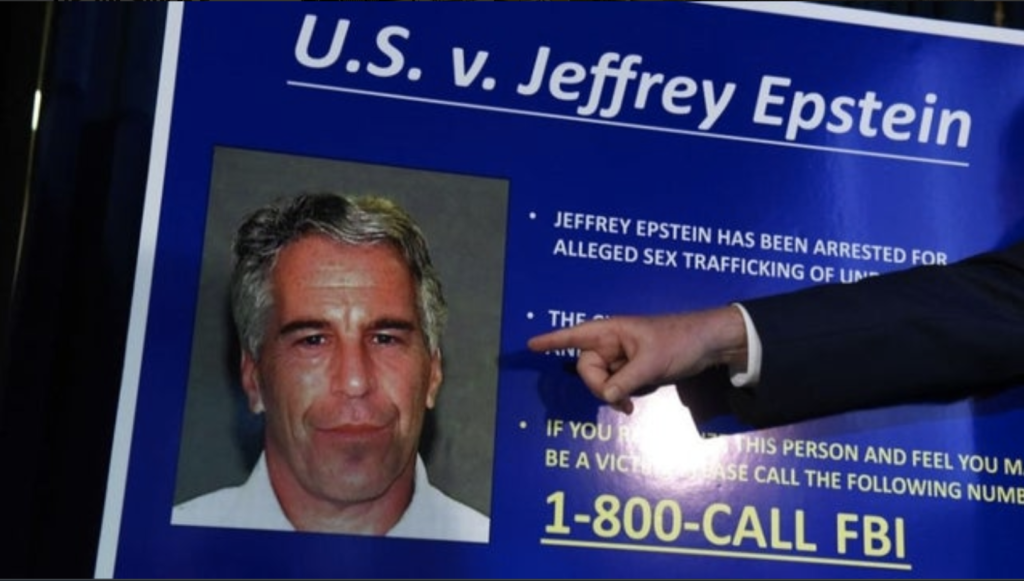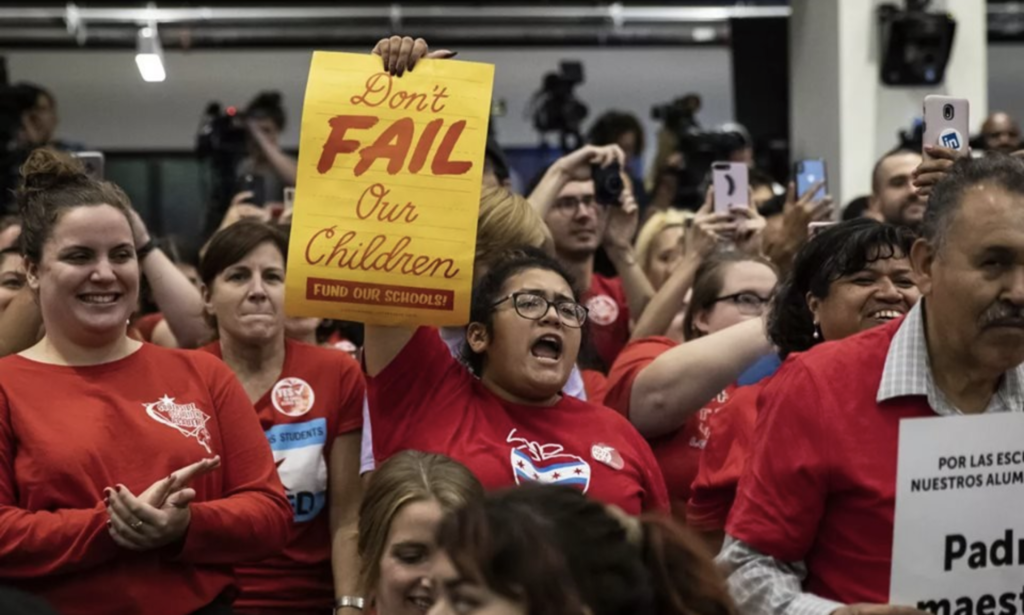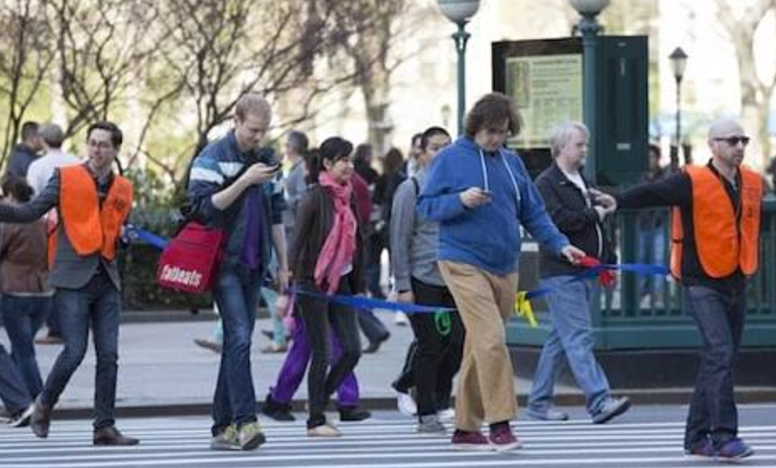I Wonder if Texting Has Anything To Do With This?
30 Mar, 2017
Pedestrian deaths are climbing faster than motorist fatalities, reaching nearly 6,000 deaths last year – the highest total in more than two decades, according to an analysis of preliminary state data released Thursday.
Increased driving due to an improved economy, lower gas prices and more walking for exercise and environmental factors are some of the likely reasons behind the estimated 11 percent spike in pedestrian fatalities in 2016. The figures were prepared for the Governors Highway Safety Association, which represents state highway safety offices.
But researchers say they think the biggest factor may be more drivers and walkers distracted by cellphones and other electronic devices, although that’s hard to confirm.
Walking and miles driven are up only a few percentage points, and are unlikely to account for most of the surge in pedestrian deaths, said Richard Retting, safety director for Sam Schwartz Transportation Consultants and the author of the report. Meanwhile, texting and use of wireless devices have exploded, he said.
“It’s the only factor that that seems to indicate a dramatic change in how people behave,” Retting said.
The report is based on data from all states and the District of Columbia for the first six months of 2016 and extrapolated for the rest of the year. It shows the largest annual increase in both the number and percentage of pedestrian fatalities in the more than 40 years those national records on such deaths have been kept, with the second largest increase occurring in 2015. Pedestrian deaths as a share of total motor vehicle crash deaths increased from 11 percent in 2006 to 15 percent in 2015.
“This latest data shows that the U.S. isn’t meeting the mark on keeping pedestrians safe on our roadways,” said Jonathan Adkins, the safety association’s executive director. “Every one of these lives represents a loved one not coming home tonight, which is absolutely unacceptable.”
Traffic fatalities overall jumped 6 percent last year, pushing deaths on U.S. roads to their highest level in nearly a decade and erasing improvements made during the Great Recession and economic recovery, according to data released last month by the National Safety Council, a leading safety organization. The council estimates there were more than 40,200 traffic deaths in 2016. The last time there were more than 40,000 fatalities in a single year was in 2007, just before the economy tanked. There were 41,000 deaths that year.
But pedestrian deaths are sharply outpacing fatalities overall, climbing 25 percent from 2010 to 2015, according to Retting’s research. Total traffic deaths increased about 6 percent over the same period.
“We cannot look at distracted driving solely as an in-vehicle issue,” said Kelly Nantel, a spokeswoman for the safety council. “That discounts the impact distraction could have on pedestrians.”
On the other hand, “walking is working,” she said. “Just as we need drivers to be alert, pedestrians have to be, too.”
Another factor in pedestrian deaths is alcohol. Thirty-four percent of pedestrians and 15 percent of drivers involved in fatal crashes were intoxicated at the time, Retting said. But there is no indication that there has been a change in drinking habits that would account for the spike in deaths, he said.
More than twice as many states reported an uptick in pedestrian fatalities than had decreasing numbers.
The problem is greatest in large population states that have urban areas where people do a lot of walking. Delaware, Florida and Arizona had the highest rates of pedestrian deaths relative to their populations, while North Dakota, South Dakota and Wyoming had the lowest.
The striking increase in pedestrian deaths has grabbed the attention of the National Transportation Safety Board, the government panel that investigates accidents and makes safety recommendations. The board held a forum on pedestrian safety last year, and currently has an investigation underway to broadly examine the causes and potential solutions to the problem.
Pedestrians “are our most vulnerable road users,” said NTSB member Bella Dinh-Zarr.
People are “more easily distracted than when we didn’t have so many easily accessible, essentially, computers in our palms,” she said. “We look at that as an increasing risk for pedestrians.”
AP
Image abrightmoore twitter
Mentioned In This Post:

